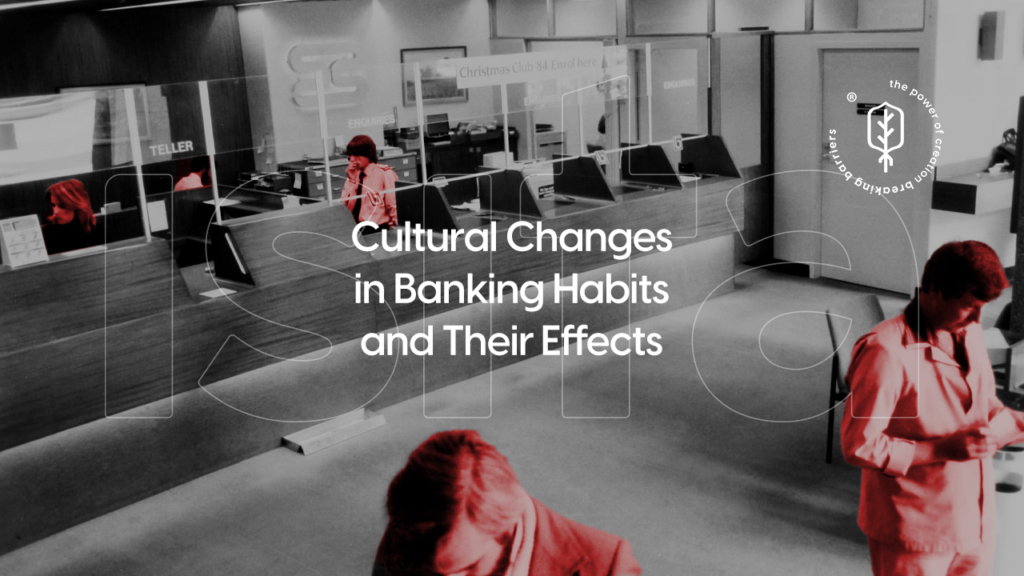Building software that can scale with your business is essential. Scalability ensures that your software can handle increasing loads, users, and data volumes without compromising performance or reliability. It’s about future-proofing your application to support long-term growth and adapting to changing demands seamlessly.
This article explores the principles of scalability, the strategies to ensure your software can scale effectively, and best practices for building scalable applications.
What is Scalability?
Scalability is the ability of a software system to handle increased load without performance degradation. This load can come in various forms, such as a higher number of users, more transactions, larger datasets, or additional features. Scalability ensures that your software remains efficient, responsive, and reliable as it grows.
Types of Scalability
There are two main types of scalability:
- Vertical Scalability (Scaling Up): Adding more resources to a single server, such as increasing its CPU, memory, or storage capacity. This approach has physical and cost limitations and can only go so far.
- Horizontal Scalability (Scaling Out): Adding more servers or instances to distribute the load. This approach is more flexible and can handle significantly larger workloads by spreading the data and queries across multiple nodes.
Key Principles of Building Scalable Software
Modular Architecture
Designing your software with a modular architecture ensures that different components can be developed, tested, and scaled independently. This approach makes it easier to identify and address performance bottlenecks and enhances maintainability.
- Microservices: Implement a microservices architecture where each service is a small, independent unit that performs a specific function. This allows for better scalability and flexibility compared to monolithic architectures.
Statelessness
Building stateless components means that each request is independent and does not rely on previous interactions. This approach simplifies scaling because any server can handle any request without needing to maintain session state.
- RESTful APIs: Design your APIs to be stateless and follow REST principles. This ensures that each API call contains all the information needed to process the request.
Asynchronous Processing
Asynchronous processing improves scalability by allowing the system to handle multiple tasks concurrently without waiting for each task to complete.
- Message Queues: Use message queues like RabbitMQ or Apache Kafka to manage asynchronous tasks and decouple components, ensuring that the system can process tasks in parallel.
Caching
Caching frequently accessed data reduces the load on the database and speeds up response times. Implement caching at various levels, such as application-level caching and database-level caching.
- In-Memory Caching: Use in-memory caching solutions like Redis or Memcached to store and quickly retrieve frequently accessed data.
Database Sharding
Sharding involves splitting a large database into smaller, more manageable pieces called shards. Each shard holds a subset of the data, allowing queries to be processed in parallel across multiple nodes.
- Horizontal Partitioning: Distribute rows of a table across different shards based on a partition key. This improves performance and scalability by balancing the load.
Load Balancing
Load balancing distributes incoming traffic across multiple servers to prevent any single server from becoming a bottleneck. This ensures that the system can handle high volumes of requests efficiently.
- Reverse Proxy Servers: Use reverse proxy servers like NGINX or HAProxy to distribute traffic and provide failover capabilities.
Auto-Scaling
Auto-scaling automatically adjusts the number of server instances based on current demand. This ensures that resources are allocated dynamically, maintaining performance during peak loads and reducing costs during low traffic periods.
- Cloud Services: Leverage cloud services like AWS Auto Scaling or Google Cloud Auto Scaling to manage and scale your infrastructure automatically.
Best Practices for Building Scalable Software
Plan for Scalability from the Start
Design your software architecture with scalability in mind from the beginning. Anticipate future growth and choose technologies and strategies that can accommodate increasing data volumes and user loads.
Optimize Code and Queries
Efficient code and optimized database queries are critical for scalability. Write clean, efficient code that minimizes resource usage and optimize SQL queries to reduce complexity and improve performance.
- Profiling Tools: Use profiling tools to identify performance bottlenecks and optimize code accordingly.
Implement Robust Monitoring
Continuous monitoring is essential to ensure that your software remains scalable and performs well under varying loads. Use monitoring tools to track key metrics such as response times, CPU and memory usage, and request volumes.
- Monitoring Solutions: Implement monitoring solutions like Prometheus, Grafana, or New Relic to gain insights into system performance and detect issues early.
Ensure Fault Tolerance
Fault tolerance ensures that your software can continue to operate even when some components fail. Implement redundancy and failover mechanisms to maintain availability and reliability.
- Redundancy: Deploy multiple instances of critical components to ensure that the system remains operational even if some instances fail.
- Failover Mechanisms: Use failover mechanisms to automatically switch to backup servers or services in case of failure.
Continuous Integration and Deployment (CI/CD)
Implement CI/CD pipelines to automate the build, test, and deployment processes. This ensures that updates are deployed quickly and reliably, reducing the risk of introducing performance issues.
- CI/CD Tools: Use CI/CD tools like Jenkins, GitHub Actions, or GitLab CI to streamline the development and deployment process.
Regularly Test for Scalability
Regularly conduct scalability testing to evaluate how your software performs under increasing loads. Identify performance bottlenecks and optimize the system to handle higher traffic.
- Load Testing Tools: Use load testing tools like Apache JMeter, Gatling, or LoadRunner to simulate high traffic and test the scalability of your application.
Technologies for Scalable Software
NoSQL Databases
NoSQL databases are designed to handle large volumes of unstructured data and provide high scalability and performance. They are well-suited for applications that require flexible schema and horizontal scaling.
- MongoDB: A document-oriented database that offers flexible schema design and horizontal scalability.
- Cassandra: A distributed database designed for high availability and scalability, often used in big data applications.
Distributed Systems
Distributed systems leverage multiple servers to work together as a single system, providing better scalability and fault tolerance.
- Hadoop: An open-source framework for distributed storage and processing of large datasets.
- Apache Spark: A distributed computing system that provides fast data processing and scalability.
Cloud Services
Cloud services offer scalable infrastructure and services that can grow with your business needs. They provide flexible, pay-as-you-go models that allow you to scale resources dynamically.
- Amazon Web Services (AWS): Offers a wide range of scalable services, including EC2, S3, and RDS.
- Google Cloud Platform (GCP): Provides scalable cloud services like Compute Engine, BigQuery, and Cloud Storage.
- Microsoft Azure: Offers scalable cloud solutions like Azure Virtual Machines, Azure SQL Database, and Azure Blob Storage.
Conclusion
Ensuring that your software is scalable for future growth requires a strategic approach and adherence to best practices.
By understanding the principles of scalability, designing a modular architecture, implementing asynchronous processing, optimizing code and queries, and leveraging the right technologies, you can build software that can handle increasing loads and adapt to changing demands. Regular monitoring, fault tolerance, and continuous integration and deployment further enhance scalability and reliability.
Ultimately, building scalable software ensures that your application can support long-term business growth and provide a seamless user experience, even as it evolves and expands.



